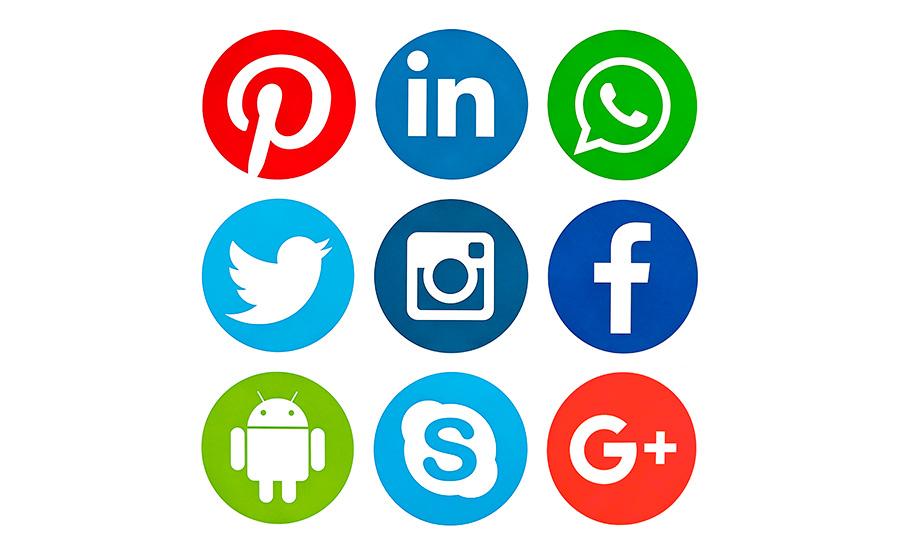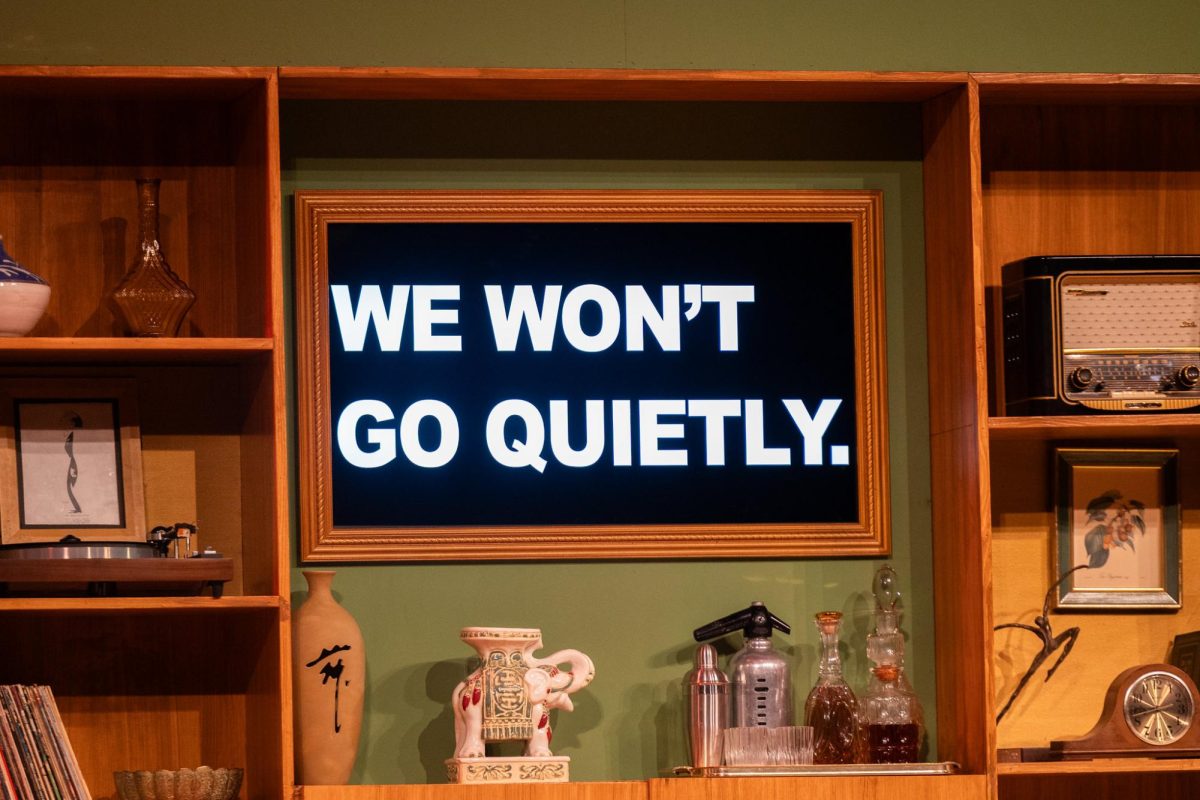Imagine hearing about a disaster, or worse, being in the middle of one. Imagine searching the news stations for information on a loved one and not being able to find any coverage on it? Now imagine this: opening up Facebook or Twitter and finding exactly what was not being covered by traditional news outlets. Social media sites are becoming more than just networking outlets; they are now doubling as news outlets. According to Pew Research Center, 67 percent of Americans are getting their news from social media sites.
Social networks like Facebook and Twitter are now being used as a way to communicate official information. These apps are communicating things from updates during disasters to formal statements from officials. New functions of social media are seen in various ways; while it is typically used as a way to stay connected, communicate, and entertain, it is now also being used to communicate in a more official way.
“President Trump has changed the whole thing,” Ethics and Media professor in the Communications department Elizabeth Burch said, “He is bypassing the media and using Twitter to directly communicate with the country.”
Trump is not the only person using Twitter as a means of formal communication. When Sen. John McCain passed away Aug. 25, there were no immediate interviews done with news stations but rather updates and tributes were written out by politicians and family members on Twitter. Furthermore, the information that was broadcasted by CNN or written about by the Times was relaying what people were tweeting.
“I have definitely noticed how intertwined my social apps and news apps are and I think it’s a good thing. I do stay updated on what’s being reported in traditional news outlets, but I’m also able to follow news and politics through my social media feeds. Those posts reflect what people are actually talking about and what news events are important” said senior business and finance major Emma Hoop.
These sites that were once used as simply for entertainment and communication and are now becoming channels that people can look into to see what is going on in the world. Some of the most impactful news information reported on social media has come during disasters.
Earlier this year, there was an alert sent out in Hawaii telling residents there was a missile headed for the state. After 13 minutes, Congresswoman Tulsi Gabbard, a Hawaiian representative, tweeted out to her hundred-thousand followers that it was a false alarm. According to the Washington Post, it was hours before it was reported on outside of social media and many people found out it was only a mistake from Twitter.
“During something like a disaster, you want to get out as much information as possible as soon as possible,” Burch said. But this way of quick information going viral also has its consequences. “I will say that in terms of disasters and things, it’s a very beneficial thing. Unfortunately there are times that things are false. False information can easily go out quickly and that can be a problem”
Hitting a little closer to home, social media played a huge role in many people’s lives during the firestorm that struck Sonoma county. Not only were people able to let there friends and families know they were safe through Facebook’s “marked safe” feature, but many people were able to follow the progress of the fires and the status of their neighborhoods through Facebook when big news stations neglected to.
For many Sonoma County residents, Facebook was the only place they were able to access updates about their homes. There was a lot of coverage on Fountain Grove, but big news stations lacked in covering smaller neighborhoods. Senior business-management major Felicia Silveira remembers only being able to get news on her home from posts on Facebook by friends who lived nearby. “I am so thankful that I had social media to tell me about my home when ABC abandoned it. I think we should absolutely continue moving in the direction were moving in with social media becoming a news source” Silveira said.
This is still a relatively new development and transition for social media as it starts to double as a news outlet. “It’s not good or bad, it just is,” Burch said. “I’m more worried about people not actually following news at all than following it on social media. From my experience, younger people are just not following the news. And that is a problem.”



































